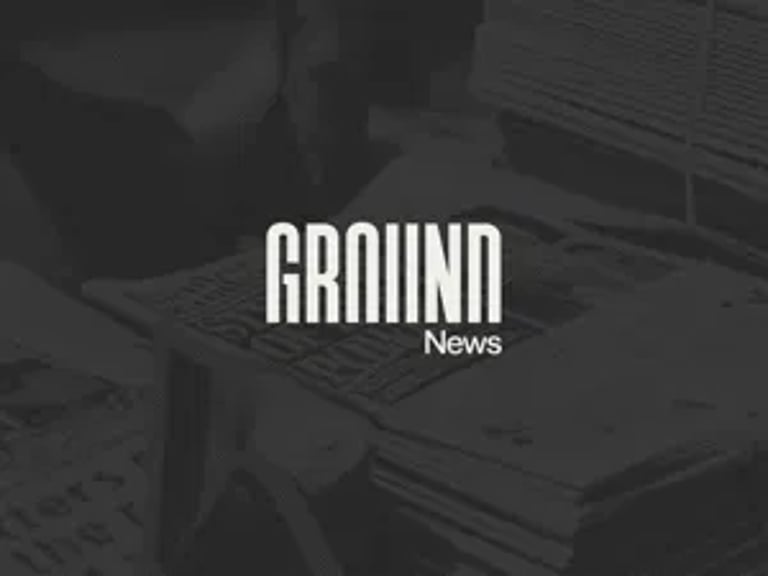Earth-Sized Exoplanet TOI-6255 b Faces Imminent Destruction in Just 5.7-Hour Orbit
August 11, 2024
A recent study published in AAS Journals investigates an Earth-sized exoplanet, TOI-6255 b, which has an exceptionally short orbital period of just 5.7 hours.
Located approximately 20.4 parsecs (65.2 light-years) from Earth, TOI-6255 b has a radius and mass about 1.08 and 1.44 times that of Earth, respectively.
Due to its close orbit, TOI-6255 b is expected to face tidal disruption within 400 million years.
The research aims to explore the consequences for exoplanets that venture too close to their stars, potentially leading to their destruction.
This study emphasizes the importance of understanding tidal forces and their implications for planetary architecture within our galaxy.
Astronomers have confirmed the existence of ultra-short-period (USP) exoplanets, which have extremely small orbits around their stars, with approximately 100 USPs discovered so far.
Studies suggest that only about 0.5% of these ultra-short-period exoplanets exist around sun-like stars.
Dr. Fei Dai, the lead author of the study and assistant astronomer at the University of Hawai’i, noted that about 10% of sun-like stars may have engulfed their rocky planets.
Dr. Dai also highlighted that rocky planets like TOI-6255 b provide valuable insights into the composition of terrestrial planets in other systems, unlike gas giants such as Jupiter.
While tidal disruption events are rare in our solar system, they may explain the origins of the rings of Saturn, which are thought to involve its satellites.
Future studies utilizing NASA’s James Webb Space Telescope aim to confirm the planet's tidal distortion and investigate potential lava pools on its surface.
Observing the tidal disruption of TOI-6255 b could significantly enhance our understanding of both exoplanets and the dynamics of planets within our solar system.
Summary based on 2 sources
Get a daily email with more Space News stories
Sources

Universe Today • Aug 10, 2024
Good Thing We Found this Earth-Sized Planet Now. It's About to Be Destroyed
Ground News • Aug 10, 2024
Good Thing We Found this Earth-Sized Planet Now. Its About to Be Destroyed